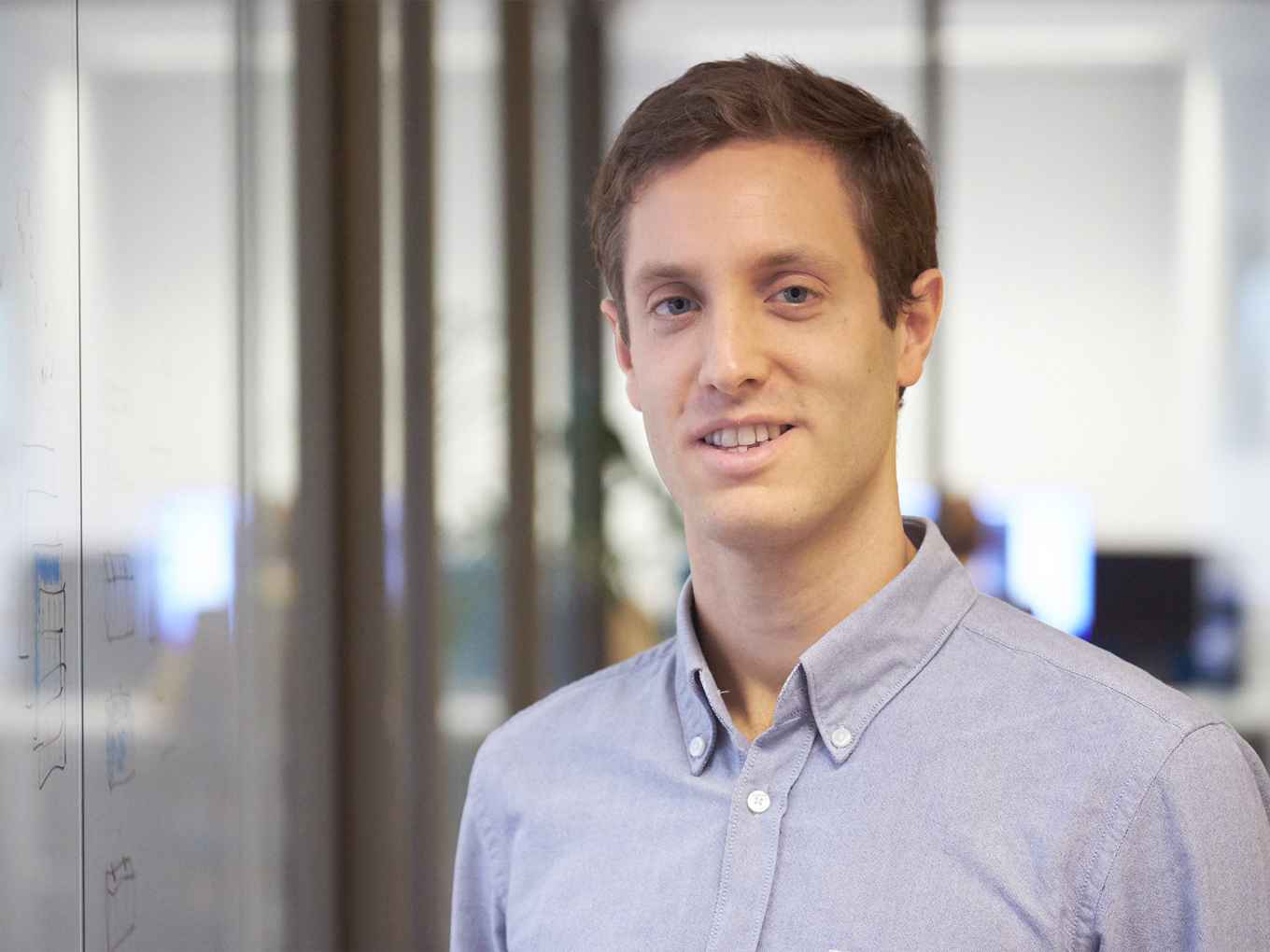An Idea From Physics Helps AI See in Higher Dimensions
Taco Cohen, Maurice Weiler, Berkay Kicanaoglu and Max Welling, researchers of the Informatics Institute UvA and Qualcomm AI Research developed a new theoretical framework for building neural networks.
15 January 2020

Computers can now drive cars, beat world champions at board games like chess and Go, and even write prose. The revolution in artificial intelligence stems in large part from the power of one particular kind of artificial neural network, whose design is inspired by the connected layers of neurons in the mammalian visual cortex. These “convolutional neural networks” (CNNs) have proved surprisingly adept at learning patterns in two-dimensional data — especially in computer vision tasks like recognizing handwritten words and objects in digital images.
But when applied to data sets without a built-in planar geometry — say, models of irregular shapes used in 3D computer animation, or the point clouds generated by self-driving cars to map their surroundings — this powerful machine learning architecture doesn’t work well. Around 2016, a new discipline called geometric deep learning emerged with the goal of lifting CNNs out of flatland.
Gauge CNNs
Now, researchers have delivered, with a new theoretical framework for building neural networks that can learn patterns on any kind of geometric surface. These “gauge-equivariant convolutional neural networks,” or gauge CNNs, developed at the University of Amsterdam and Qualcomm AI Research by Taco Cohen, Maurice Weiler, Berkay Kicanaoglu and Max Welling, can detect patterns not only in 2D arrays of pixels, but also on spheres and asymmetrically curved objects. “This framework is a fairly definitive answer to this problem of deep learning on curved surfaces,” Welling said.
Already, gauge CNNs have greatly outperformed their predecessors in learning patterns in simulated global climate data, which is naturally mapped onto a sphere. The algorithms may also prove useful for improving the vision of drones and autonomous vehicles that see objects in 3D, and for detecting patterns in data gathered from the irregularly curved surfaces of hearts, brains or other organs.